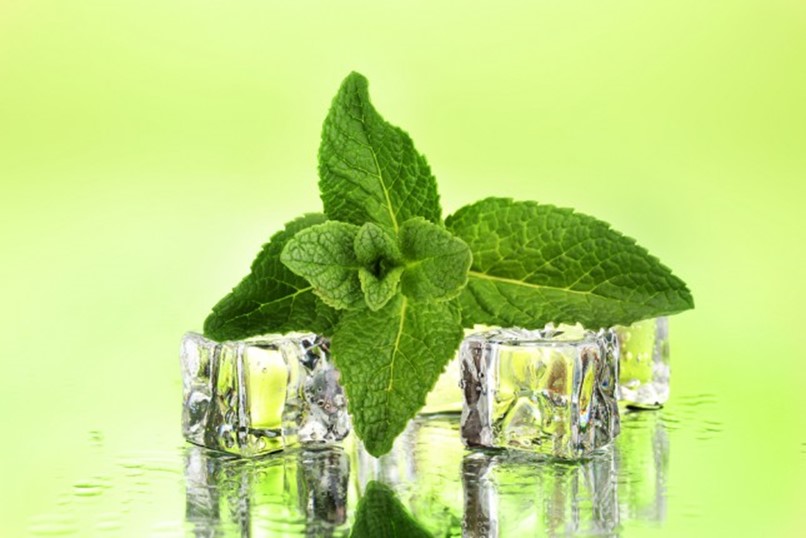How Marketers Convinced You To Make Your Mouth Smell Minty
December 29, 2015 in Daily Bulletin

Mint is associated with fresh breath. It’s an entirely artificial association writes Joseph Stromberg:
- The first mouthwashes and toothpastes contained ingredients like gillyflower, ginger, and cinnamon.
- The person responsible for getting Americans to brush every day – the maker of Pepsodent – wanted to use behavioural conditioning to make people feel good about brushing their teeth.
- To that end he added mint oil – which generated a tingly feeling in the mouth – to toothpaste. Every time people brushed they were “rewarded” with that tingly feeling.
- That feeling soon came to be associated with freshness – even though it is entirely artificial. While mint oil makes your mouth feel cooler it doesn’t actually clean anything in your mouth by itself.
- Listerine noted the brilliance of the strategy and pumped its mouthwash full of menthol – a chemical that produced a similar cooling effect.
- Listerine also launched a marketing campaign that told people that they would be social outcasts if they had bad breath.
- The campaign was a success and sales of Literine exploded.
- Now everybody associates the feeling of mint oil and menthol with mouth freshness, a relationship that reinforces itself.
Read about the differences between mint and menthol and the history of toothpaste and mouthwash in the United States over here.
Source: Vox
Join the Discussion! (No Signup Required)